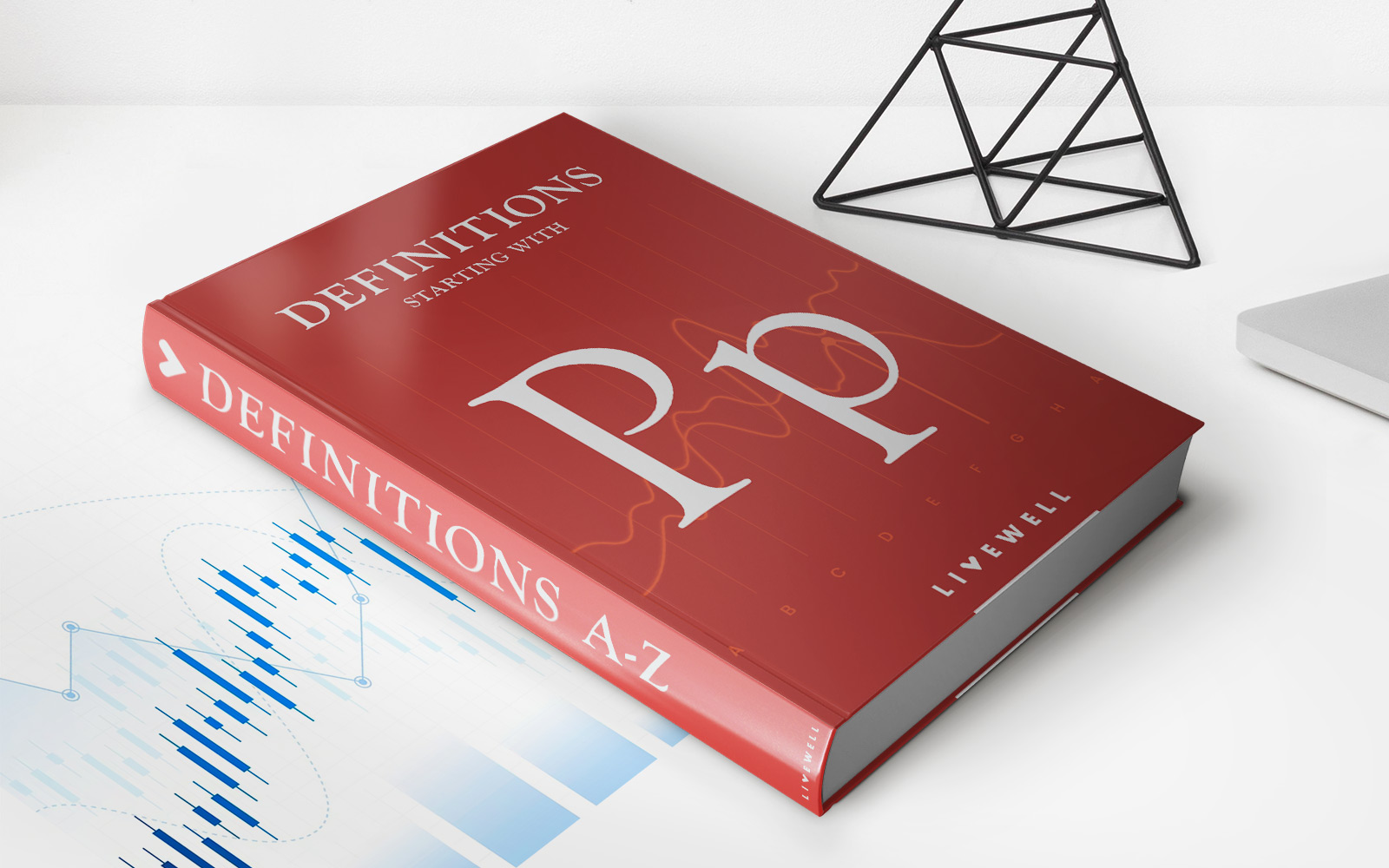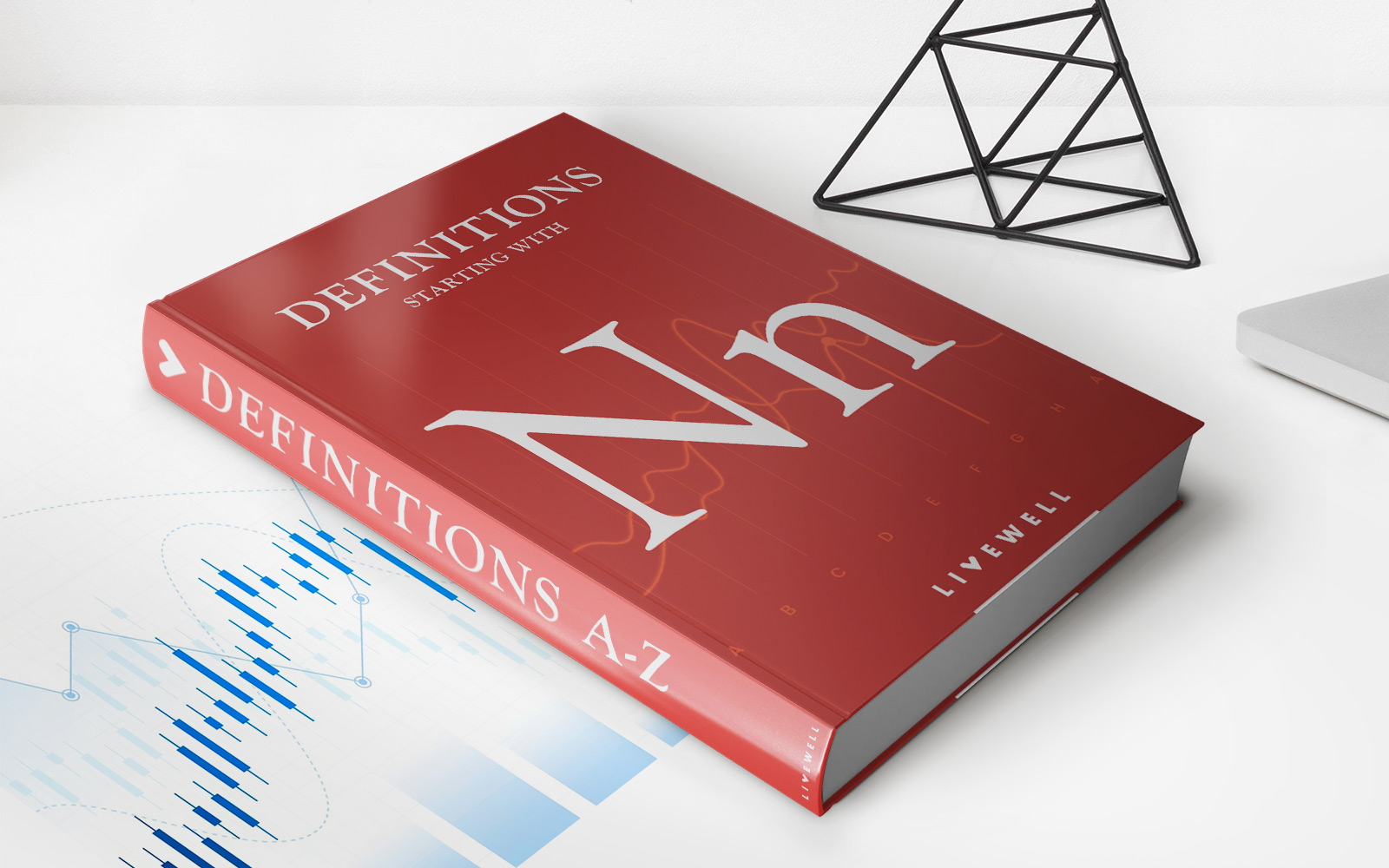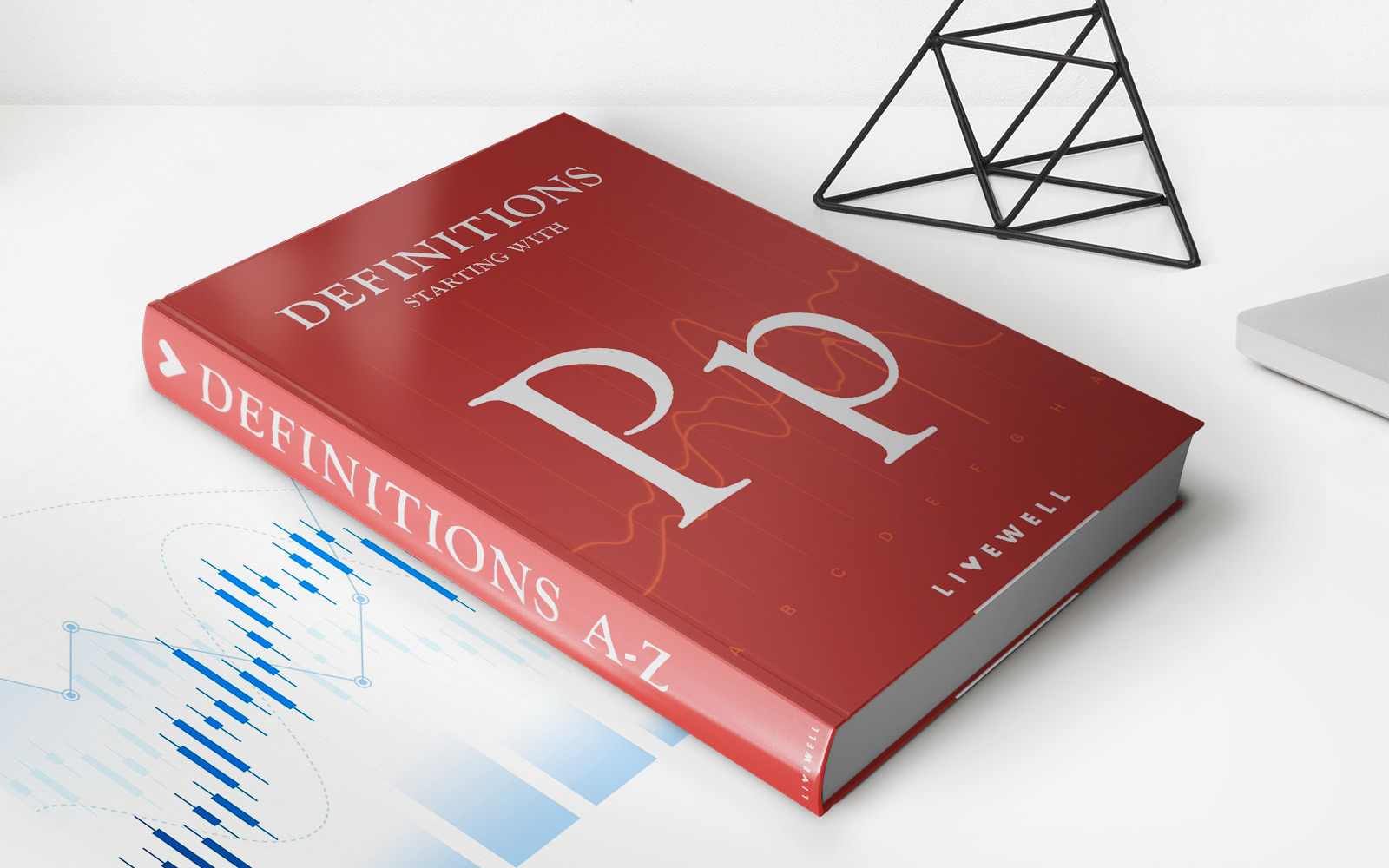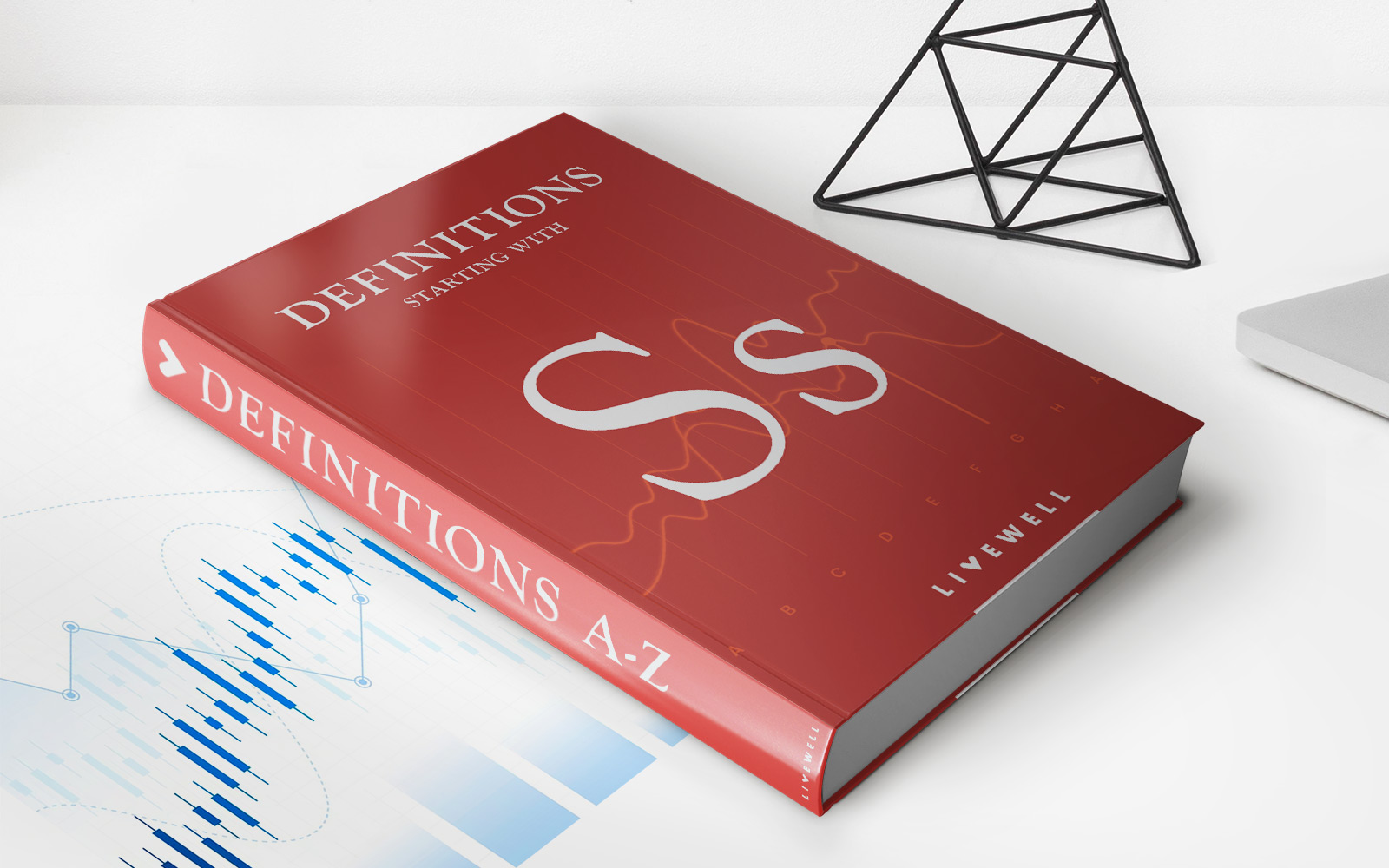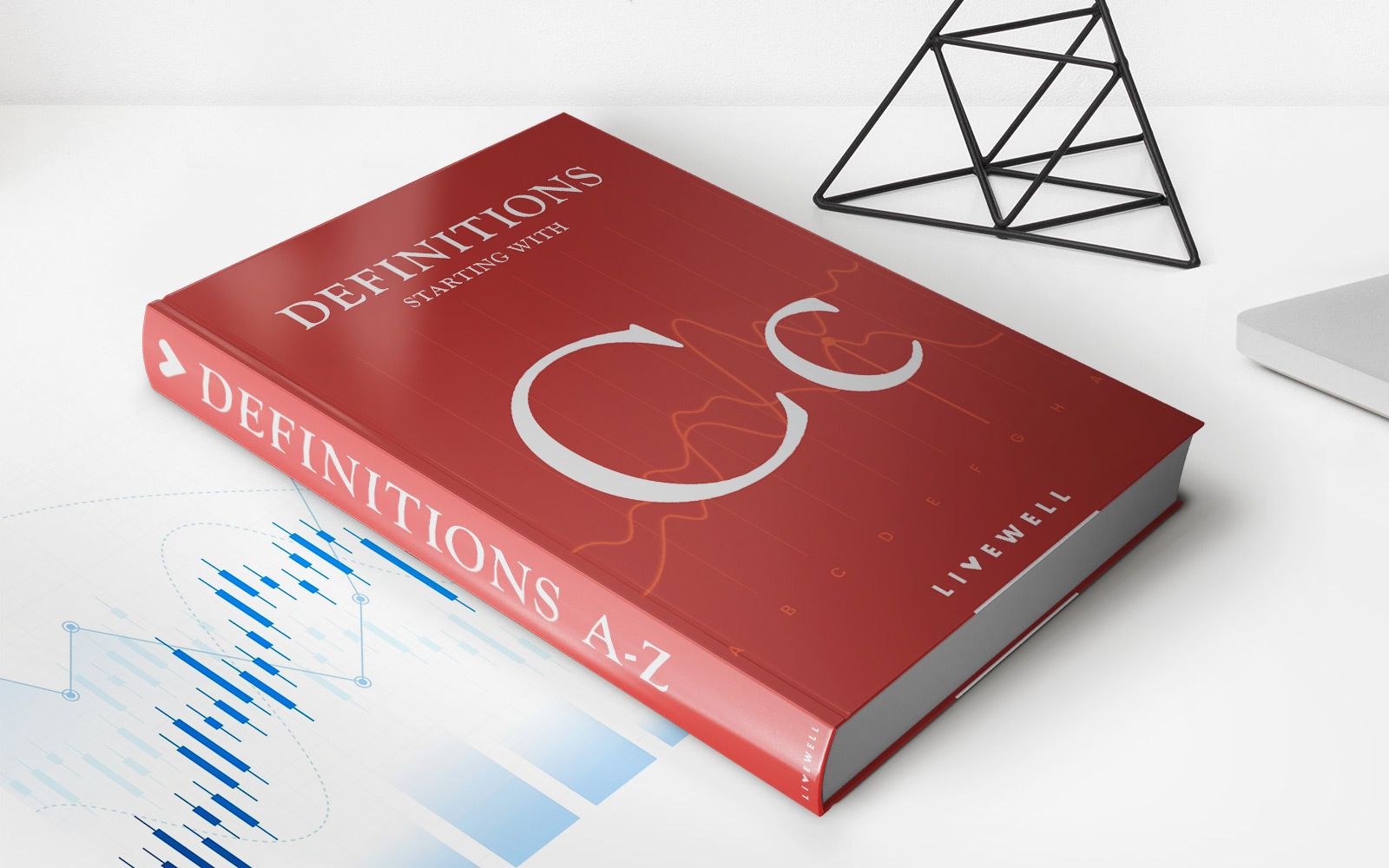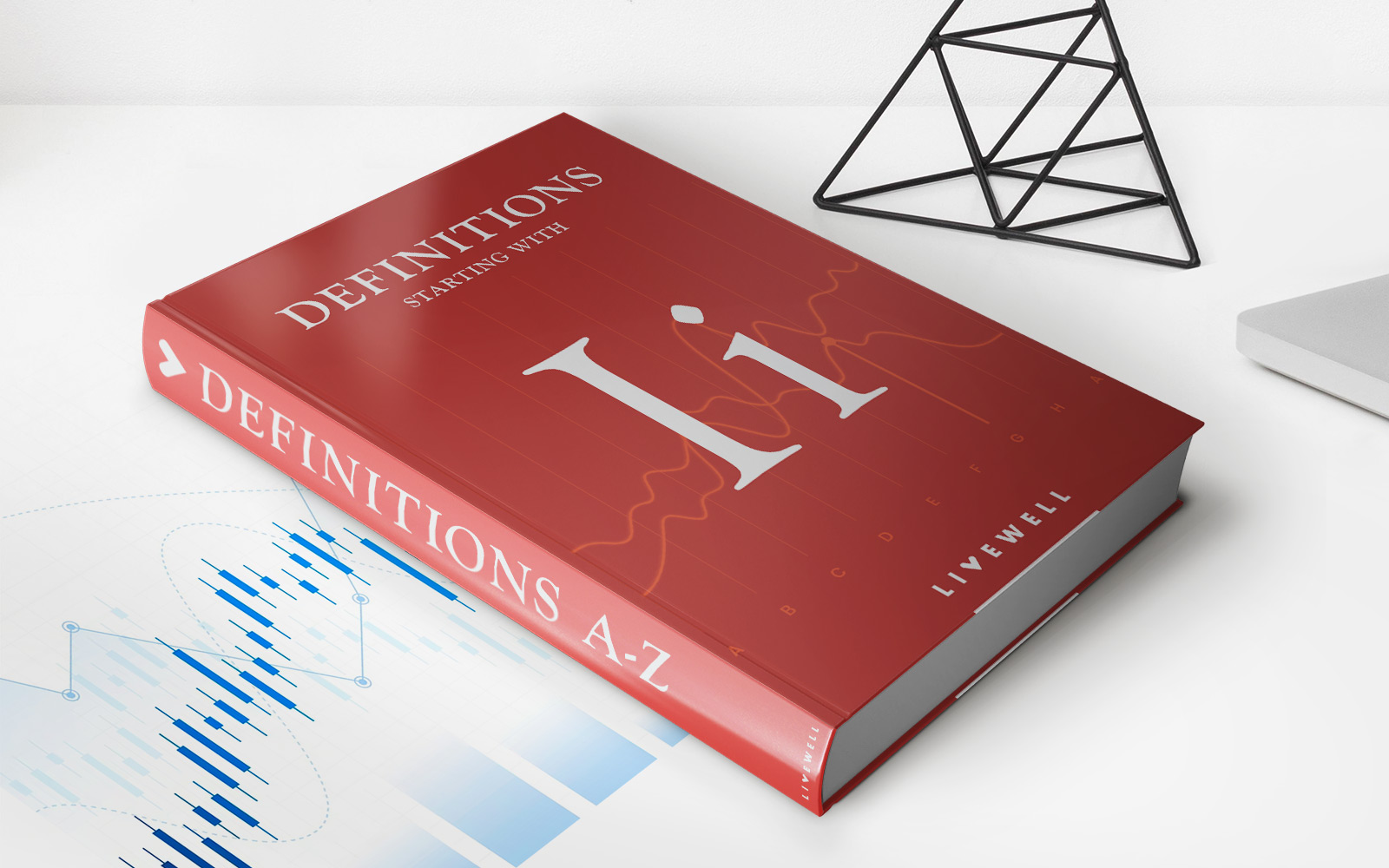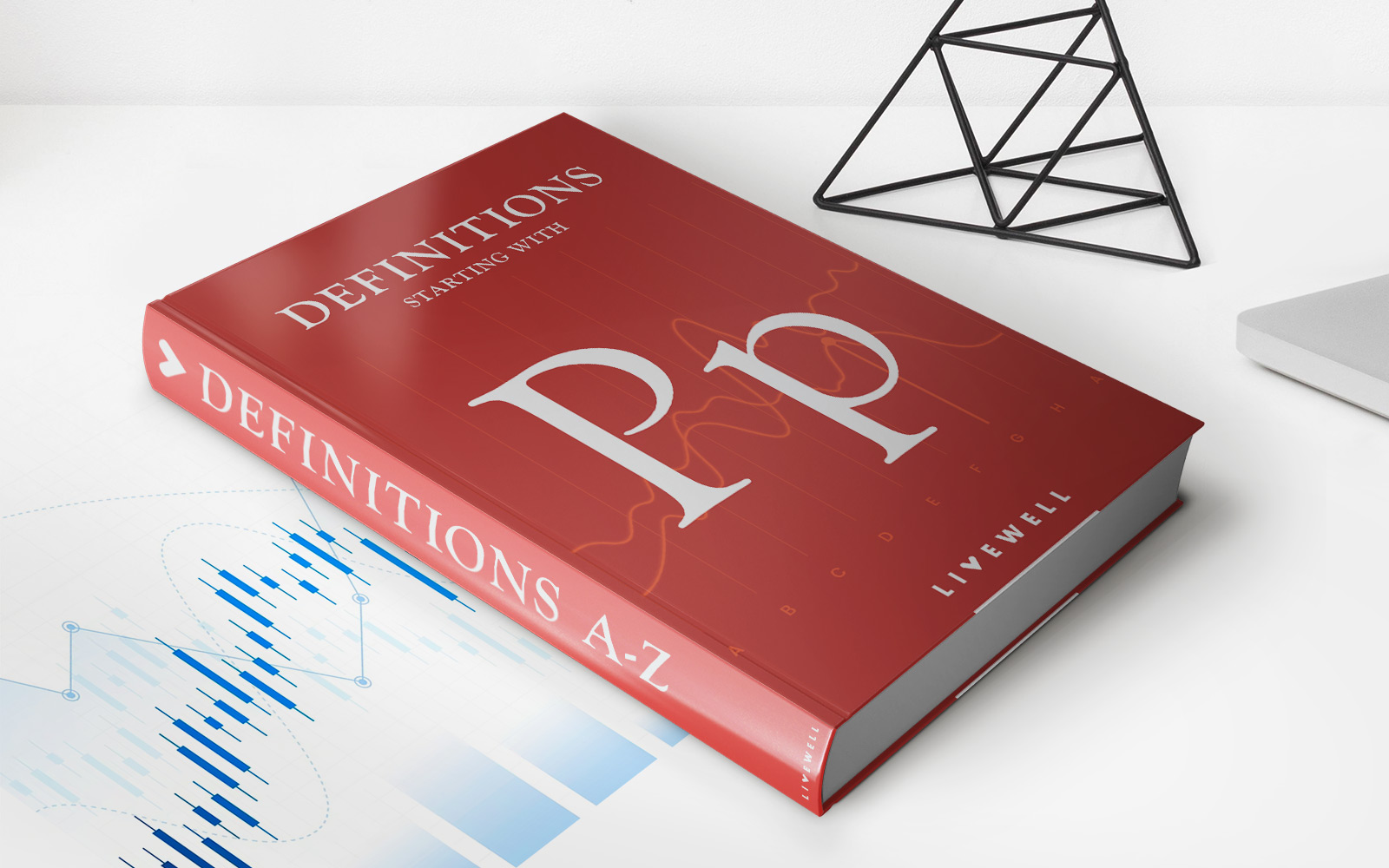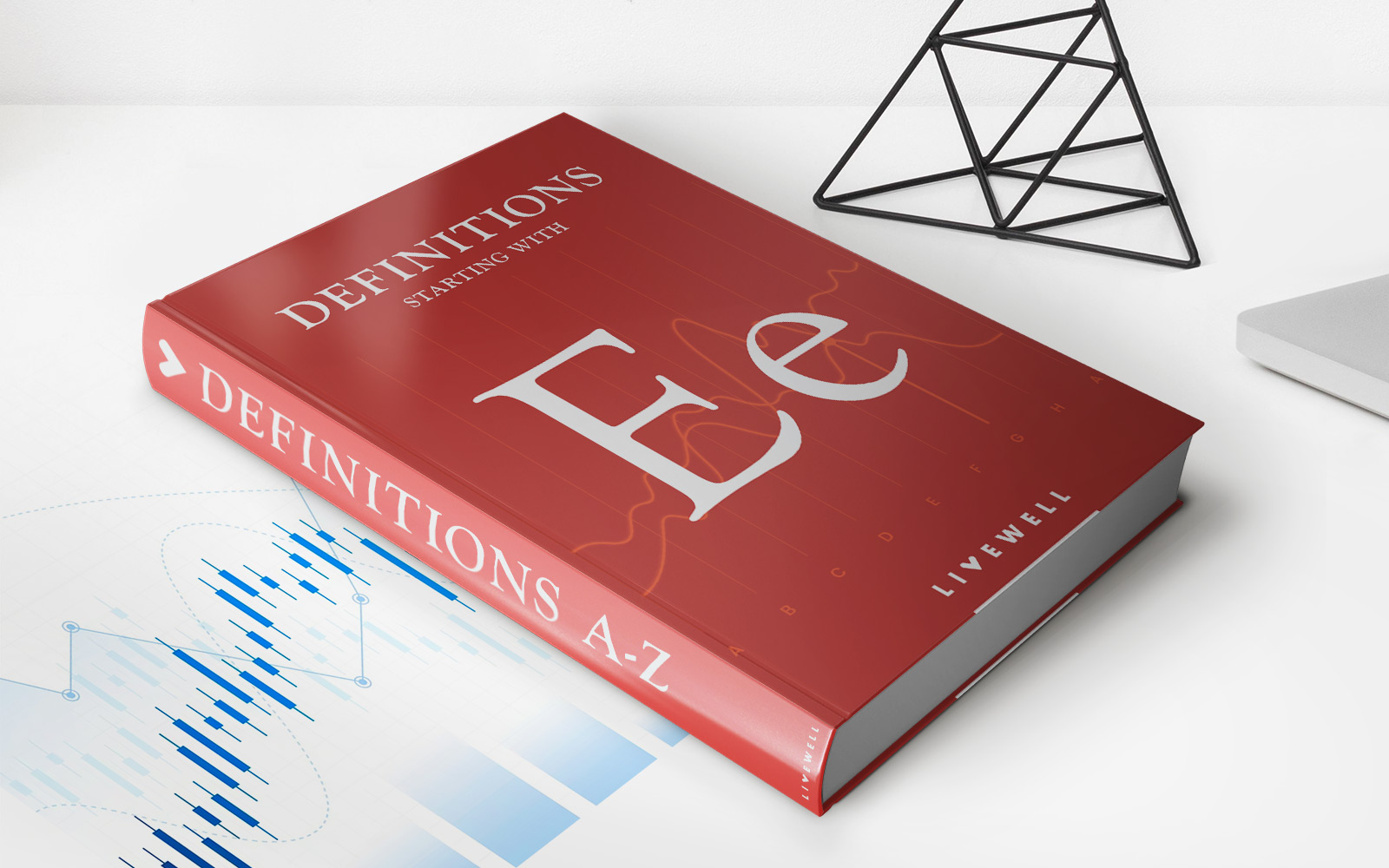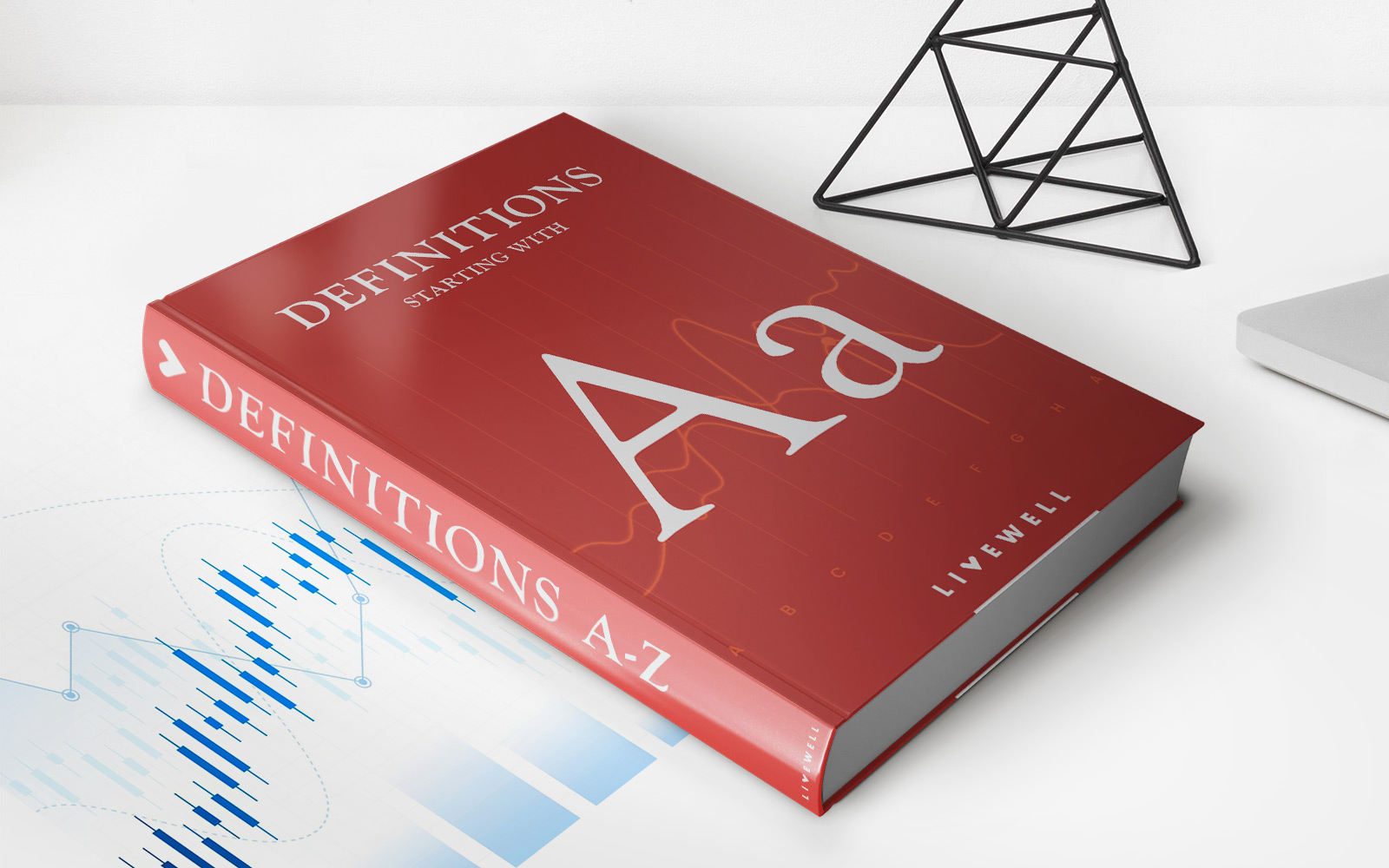Home>Finance>What Is Inelastic? Definition, Calculation, And Examples Of Goods
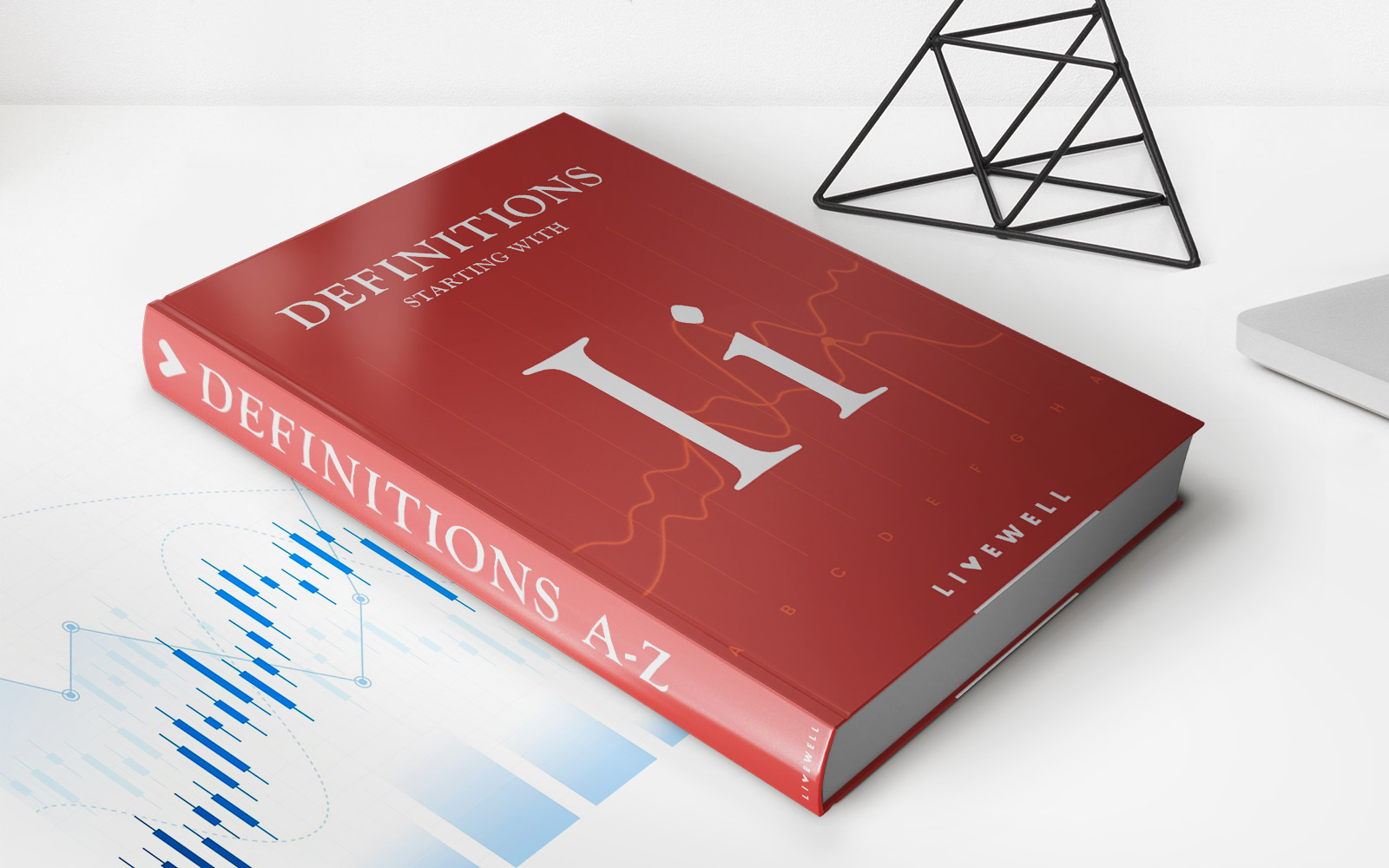

Finance
What Is Inelastic? Definition, Calculation, And Examples Of Goods
Published: December 9, 2023
Learn about the concept of inelasticity in finance, including its definition, calculation methods, and various examples of inelastic goods.
(Many of the links in this article redirect to a specific reviewed product. Your purchase of these products through affiliate links helps to generate commission for LiveWell, at no extra cost. Learn more)
Understanding Inelasticity: Defining and Calculating
When it comes to the world of finance, one important concept that often comes up is inelasticity. But what exactly does it mean for a good to be inelastic? In this blog post, we’ll dive into the definition of inelasticity, explain how it is calculated, and provide some real-life examples of inelastic goods. So, let’s get started!
Key Takeaways:
- Inelastic goods are items or services for which a change in price does not significantly affect demand.
- The elasticity of demand is calculated by dividing the percentage change in quantity demanded by the percentage change in price.
Defining Inelasticity
Inelasticity refers to the situation where the demand for a good or service is relatively insensitive to changes in its price. In other words, even if the price of an inelastic good were to increase or decrease, the quantity demanded would not change by a significant amount.
To understand inelasticity better, it’s important to distinguish it from elasticity. Elasticity, the opposite of inelasticity, refers to goods or services for which the demand is highly sensitive to changes in price. If the demand for a good is highly elastic, a small change in price can lead to a significant change in demand.
Calculating Inelasticity
To measure the level of inelasticity of a good, economists use a concept called price elasticity of demand (PED). PED is calculated by dividing the percentage change in quantity demanded by the percentage change in price. The resulting value indicates whether the good is elastic, inelastic, or somewhere in between.
If the resulting PED value is greater than 1, the demand is considered elastic, meaning a change in price significantly affects the quantity demanded. If the PED value is less than 1, the demand is considered inelastic, indicating that changes in price have minimal impact on demand. PED values equal to 1 suggest unit elasticity, where the percentage change in price equals the percentage change in quantity demanded.
Examples of Inelastic Goods
Now that we’ve defined and understood how to calculate inelasticity, let’s explore some common examples of inelastic goods:
- Medications: Prescription drugs and essential medications often fall into the category of inelastic goods. Even if the prices of these medications increase, people will still purchase them because they are necessary for their health and wellbeing.
- Gasoline: Gasoline is another classic example of an inelastic good. Despite fluctuations in the price of gasoline, people still require it for transportation, and therefore, will continue to buy it regardless of the cost.
- Utilities: Items such as electricity, water, and heating are considered inelastic because they are essential for daily living. Even if the prices for these utilities increase, consumers still need them to maintain a comfortable lifestyle.
- Basic food items: Staple foods like bread, rice, and milk are often inelastic goods. While prices may fluctuate, people still need these essential food items as part of their regular diet.
These are just a few examples, but there are many more inelastic goods out there. The important thing to remember is that these goods have relatively stable demands, regardless of price changes.
In Conclusion
Inelastic goods play a crucial role in the world of finance. Understanding what inelasticity means and how to calculate it can provide valuable insights into consumer behavior and market dynamics. By identifying which goods are inelastic, businesses and individuals can make informed decisions about pricing, marketing, and overall financial strategies.
So, the next time you come across a product or service that seems to withstand price fluctuations, remember the concept of inelasticity and the impact it has on demand. It’s just one more piece of the fascinating puzzle that is the world of finance.
